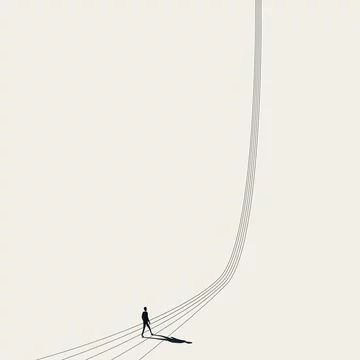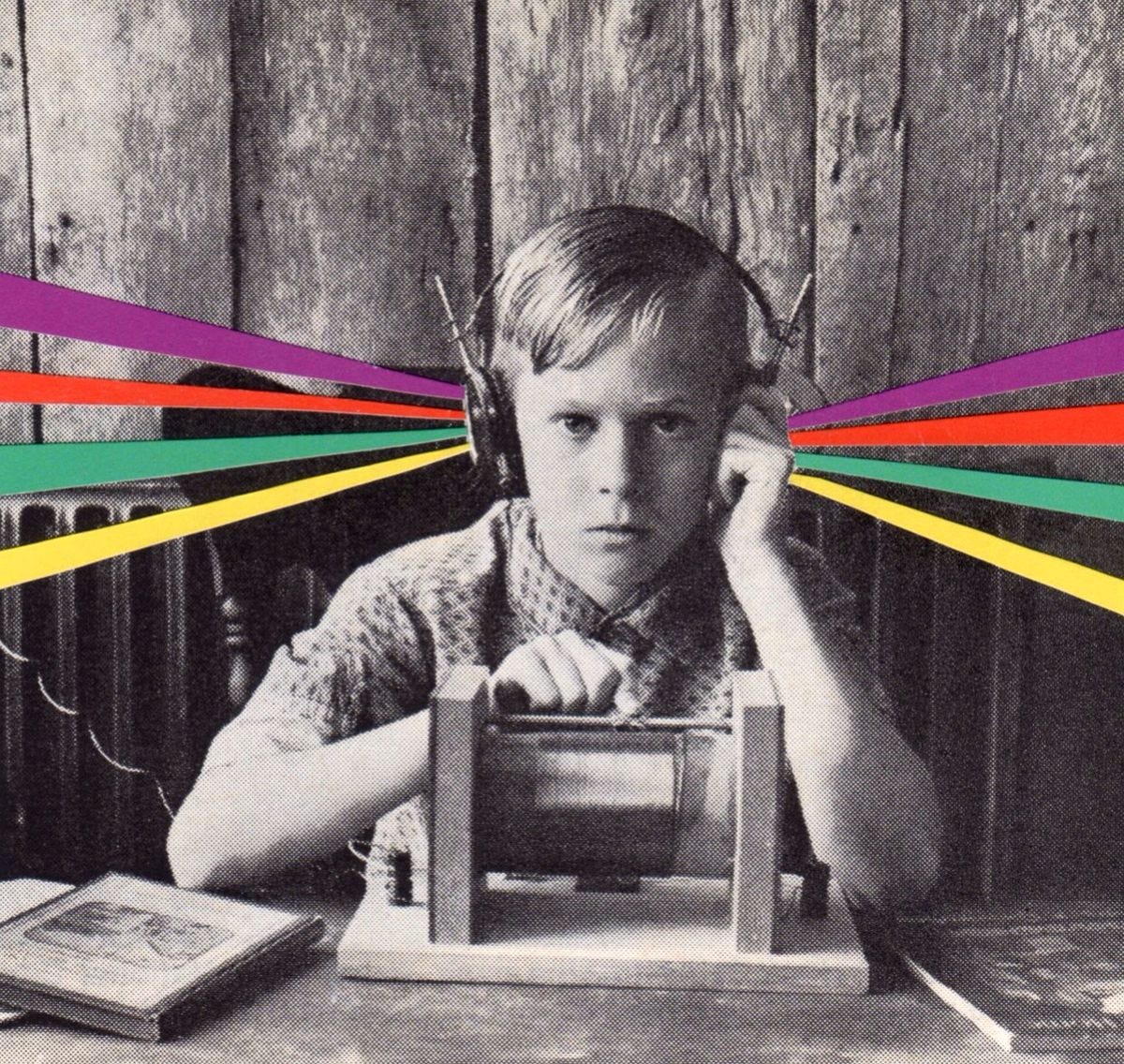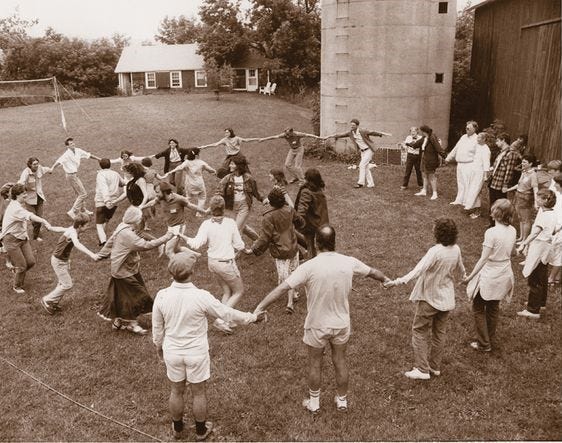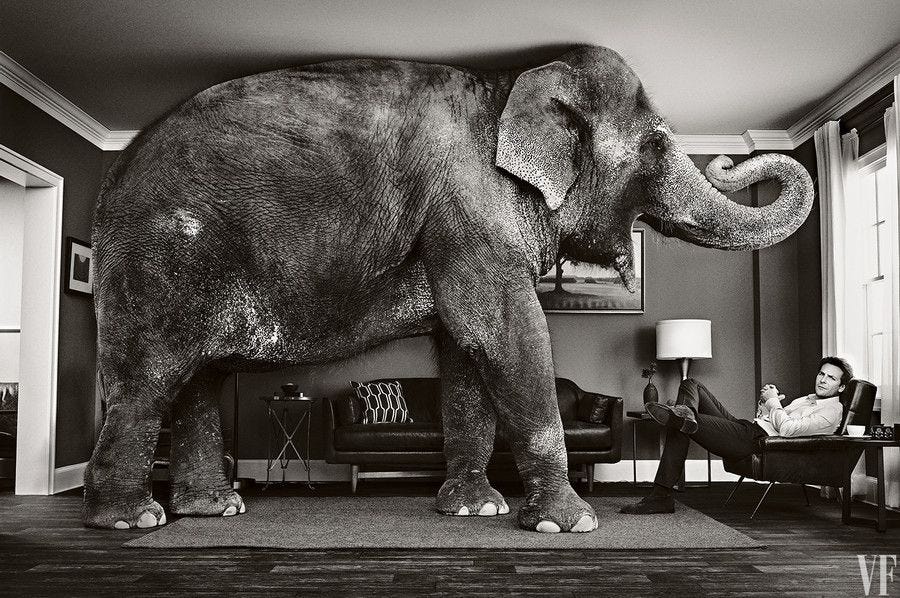A Practical Guide to Career Experiments
Last week, I mapped out the seven stages of career uncertainty. If you’re reading this, you’ve probably chosen Path B at the juncture, leaning into the unknown rather than retreating to familiar misery.
You’ve done the self-discovery work. You understand your patterns. You know what conditions you need to thrive.
But knowing and doing are different beasts entirely.
The space between insight and action is where most people get stuck. You can articulate exactly what’s wrong with your current situation. You might even know what direction you want to head. But the actual steps? The practical movement? That’s where things get foggy.
The Order Matters
Most career advice gets the sequence wrong. They tell you to network before you know what you’re looking for. Update your CV before you know what story to tell. Apply for jobs before you understand what you actually need from work. Or maybe they don’t tell you this, but it’s how things usually unfold anyway.
After spending months interviewing people navigating career uncertainty, I noticed the ones who successfully transitioned followed a specific order. They discovered this through trial and error, because other sequences kept failing.
First: internal clarity. Understanding your work patterns, your non-negotiables, what feels meaningful versus what leaves you empty. Without this foundation, every external action becomes noise.
Second: small experiments. Testing your hypotheses about yourself. Gathering evidence about what actually engages you versus what you assume might engage you.
Third: visible learning. Start before you feel ready. Share what you’re exploring as you explore it. This makes your learning process visible to yourself and others.
Fourth: strategic positioning. Only now do you update your LinkedIn, reshape your CV, start reaching out. Because now you have something real to say.
Running Experiments With Purpose
When I started running experiments, I had no structure. I’d randomly shadow someone one week, start a course the next, abandon both for a different idea. It felt productive but led nowhere.
The experiments that actually lead somewhere follow a natural progression:
Start with observation experiments. Shadow someone for half a day. Sit in on a meeting in a different department. Watch how people in different roles actually spend their time. You’re not committing to anything. You’re gathering intelligence.
Move to creation experiments. Write one article about something that interests you. Build one small project. Solve one problem nobody asked you to solve. You’re testing your response to different types of work - what sustains your attention, what feels meaningful.
Progress to connection experiments. Join one community. Attend one event. Have three coffee conversations. You’re exploring whether these are your people.
Finally, commitment experiments. Take on a three-month project. Negotiate a role change. Start freelancing on the side. You’re testing what sustained engagement feels like.
Each level builds on the previous. Skip levels and you’ll find yourself committed to something you haven’t properly tested, or stuck in endless observation without ever acting.
The Adjacent Possible
The biggest mistake people make is trying to leap directly from where they are to where they want to be. But careers don’t work like that. They evolve through adjacent possibilities.
Think of it like this: from where you stand, certain moves are possible and others aren’t. A lawyer can’t become a doctor tomorrow, but they can move into medical law. A teacher can’t become a software engineer overnight, but they can start creating educational technology.
The adjacent possible is about finding the next logical step that moves you closer to where you want to be while building on where you’ve been. It’s the move that makes sense to others while serving your exploration.
Map your adjacent possibilities. What roles exist that combine your current skills with your emerging interests? What projects could you propose in your current job that would let you explore new territory? What side projects could you start that bridge where you are and where you’re going?
The People You Actually Need
Career change happens in community, even though most people try to do it alone. They don’t know how to build the right support structure.
You need three types of people, and you need them for different reasons:
Witnesses: People who are in it with you. Others navigating similar uncertainty. You need witnesses because change is lonely, and knowing others are struggling with similar questions makes it bearable.
Practitioners: People doing some version of what you think you want to do. People in the thick of it now who remember what it’s really like, including all the unglamorous parts.
Bridgers: People who can help you make specific connections. People who know the right someone for your particular transition. You need bridgers because some doors only open from the inside.
Finding these people takes intention and time.
The Story Problem
At some point, you’ll need to explain your transition to others. This is where most people stumble. They either overshare (”I had an existential crisis and questioned everything”) or oversimplify (”I’m passionate about X now”).
The story that works has three parts:
The Connection: What connects your past to your future? There’s always something - a problem you kept noticing, a type of work that consistently engaged you, a skill that showed up everywhere. Find this connection and you find your story.
The Catalyst: What made you realise change was necessary? Not the whole journey, just the moment of clarity. Maybe you noticed something about your industry. Maybe you discovered something about yourself. Keep it simple and specific.
The Direction: Where are you heading and why does it matter? Keep it simple - just the next intentional step you’re taking and why it makes sense.
Practice this story until it feels natural. You’ll need it more than you think.
The Elephant in the Room
Let’s address what everyone’s actually thinking about: money. Everyone asks about passion and purpose, but the real question keeping you up at night is how to pay rent while figuring this out.
Three models work, depending on your situation:
The Overlap Model: Keep your current income but reshape your role. Propose projects that align with your interests. Volunteer for initiatives that build relevant skills. Transform your job from within while maintaining stability.
The Portfolio Model: Reduce your main role to part-time and build a portfolio of income streams. Freelance using your current skills while building new ones. Create multiple small bets instead of one big leap.
The Runway Model: Calculate exactly how long you can survive without income. Add 50% because everything takes longer than expected. Use this time with military precision. This is a sprint with a deadline.
Choose based on your reality, not your fantasy. The model that works is the one you’ll actually follow through on.
The Skill Stack
Your existing skills don’t disappear when you change careers. They become layers in a stack. The question isn’t what new skills to learn, but how to combine what you already have in new ways.
Map your skills in three categories:
Core skills: The ones that transfer everywhere. Writing, analysis, project management, relationship building. These form your foundation.
Bridge skills: The ones that connect your past to your future. If you’re a marketer moving into education, your ability to explain complex ideas simply becomes a bridge skill.
Signal skills: The ones that demonstrate you’re serious about your new direction. Taking that course, building that project, getting that certification. Not because you need them to do the work, but because you need them to get the opportunity.
Build your stack strategically. Core skills get you in the door, bridge skills tell your story, signal skills show commitment.
What Happens Next
You start. You run an experiment. You have a conversation. You make something. You share it.
Some experiments will confirm what you suspected. Others will surprise you. Many will teach you what you don’t want, which is just as valuable as learning what you do want.
The path reveals itself through walking, not thinking. Each step makes the next step clearer.
You won’t feel ready. You’ll start anyway.
That’s how everyone who made it through did it. That’s how you’ll do it too.
Building TrueNorth: an AI coach for navigating career confusion. Not another job matcher, but a tool for understanding yourself first. Early access opens next month. Join the waitlist.
I’ve also been playing around with the idea of building a community for the professionally lost. No networking, no LinkedIn requests, just honest conversations with people who get it. Sign up here if this is something that would interest you…






A masterfully structured guide that transforms career uncertainty into a practical, purposeful journey. Alex McCann offers a refreshing antidote to vague advice, grounding each stage in clarity, experimentation, and community. His emphasis on adjacent possibilities and skill stacking is especially insightful, reminding us that reinvention is rarely a leap, it’s a series of thoughtful steps. Calm, empowering, and deeply actionable.
Ahh, the Adjacent Possible. That’s gold. All of this article is great and I need to read it again and digest it. Thanks for sharing.